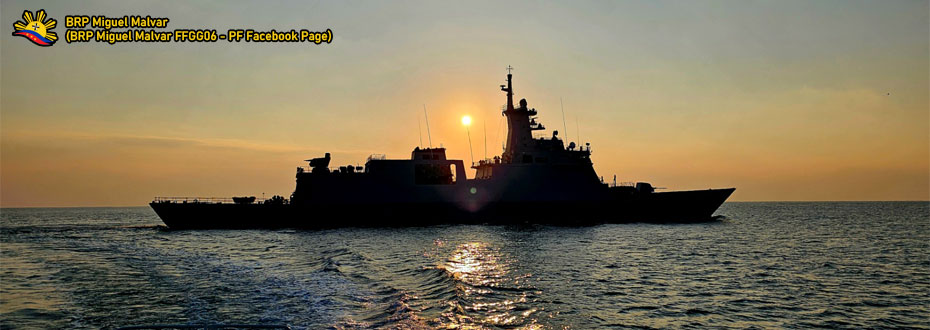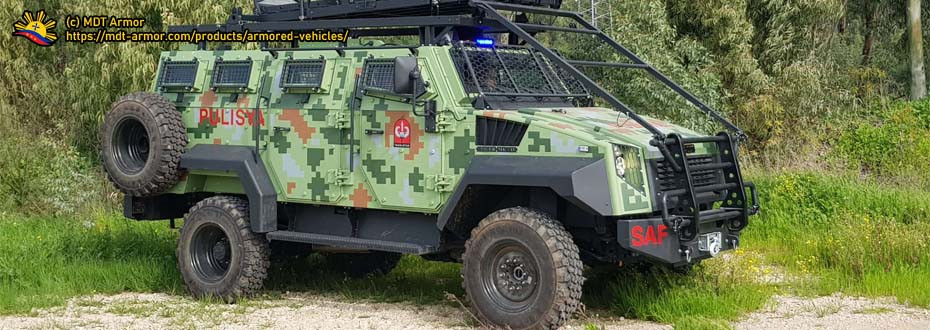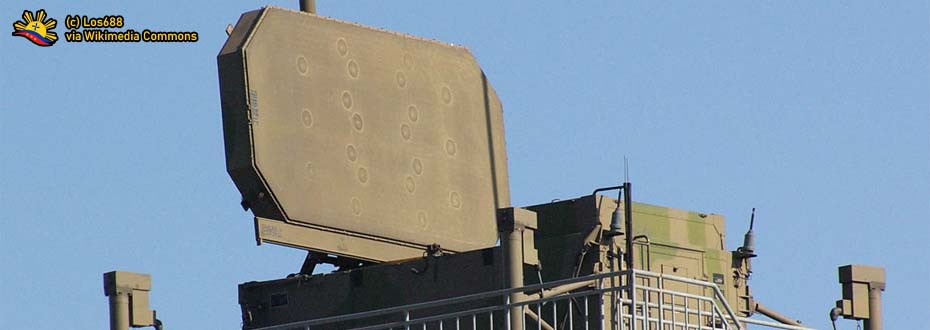Since the start of the law calling for further Modernization of the Armed Forces of the Philippines, or the R.A. 10349 way back in 2013, the Philippine Navy laid out its plans in pursuing a formidable fleet that is qualified to be considered as a Minimum Credible Defense Posture. It calls for additional naval assets, alongside other projects by other military branches, that will attain this objective.
DISCUSSION OVERVIEW
 |
The Hyundai Heavy Industries' HDC-3100 design, as inspired by the HDF-2600 design used
for the Jose Rizal-class Frigates. From Hyundai Heavy Industries Product Brochure. |
Just recently, South Korean shipbuilder Hyundai Heavy Industries released its newest product brochure, showing its lineup of warship and law enforcement (Coast Guard) products that the shipbuilder has developed, designed, and produced throughout their operations, with the majority of those products being naval assets primarily in service with the South Korean Navy, Hyundai Heavy Industries' home country.
One of those ships presented is the HDF-2600 design, which is of no surprise since it served as the basis for the South Korean shipbuilder for the Philippine Navy's Jose Rizal-class Frigates, now currently in service under the Offshore Patrol Force and is considered the most sophisticated class of warships that is currently available in the fleet.
The success of the HDF-2600 design, which was visualized and became the known design for the Philippine Navy's newest warships available in its fleet, helped Hyundai Heavy Industries to visualize more and create the design that is said to be more sophisticated than the Jose Rizal-class Frigates, with itself apparently being said to be offered to the Philippine Navy for its Corvette Acquisition Project.
Known as the HDC-3100 design, the Hyundai Heavy Industries is betting that this design and their offer will be accepted by the Philippine Navy and the Department of National Defense as they have the experience in delivering the frigates to the end-user, including the issues that surround its subcomponents such as the Link-16 compatibility of its Combat Management System.
In this article, we will discuss in-depth the design of this concept warship presented, its difference from the Jose Rizal-class Frigates (HDF-2600), the Philippine Navy's Corvette Acquisition Project, and the benefits that the fleet will be having in obtaining such warship shall they chose this design in terms of naval capabilities and in fulfilling its mission objectives once it entered active service.
THE CORVETTE ACQUISITION PROJECT OF THE PHILIPPINE NAVY
 |
The scale model of the Jose Rizal-class Frigates, also known as the HDF-2600 design warship
of the Hyundai Heavy Industries. Image Source. |
This procurement program that aims to provide these sophisticated vessels for the Philippine Navy was first initiated from the service branch's Desired Force Mix proposal in 2012, at the time when the Panatag Shoal or the Scarborough Shoal standoff was the topic of the day, wherein the country lost control of the feature after China failed to comply in the U.S.-led mediation for both the Philippine and Chinese maritime forces to leave the area.
During this time, other acquisition projects that the Philippine Navy aspires to are also being materialized, such as the Jose Rizal-class Frigates (see image), Submarine Acquisition Project (currently between South Korea and France), Offshore Patrol Vessel Acquisition Project (currently led by Austal's offer), Tarlac-class LPDs, and other acquisition projects are either in service already or still in the process of procurement, just like the Corvettes.
Based on several iterations of the Philippine Navy Desired Force Mix throughout the Modernization efforts from its inception up to the time this article is written, they called for the procurement of at least 12 Corvettes, which came alongside six (6) Frigates which, as of this time, no new Corvettes are being bought aside from this project (with the BRP Conrado Yap PS-39 Corvette Excluded), and there are only two brand new Frigates delivered so far out of the original six proposed.
That being said, the Philippine Navy has a long way to go in implementing its plan in procuring naval assets, with its fulfillment depending on how things will go with the economic performance of the country (which influences taxation and equates to annual budget allocations), political will, and the urgency or the need of obtaining these assets in the name of national security (which is now justified because of Chinese incursions in the West Philippine Sea).
Nevertheless, the inception of this project is a step further for the Philippine Navy in improving its capabilities needed in securing the nation's interest at sea, in which its sophistication is said to be more complex than what the South Korean shipbuilder provided to the Jose Rizal-class Frigates, in a sense that the improvements made will be discussed next in this article.
IMPROVEMENTS AND ENHANCEMENTS
 |
One of the factors that differentiate between the HDF-2600 and HDC-3100 is the ship's length.
From Hyundai Heavy Industries Product Brochure. |
With the Allotted Budget for the Contract or ABC pegged at Php28,000,000,000.00, it is, without a doubt, that Hyundai Heavy Industries' offer for this acquisition project will be an improved variant of the Jose Rizal-class Frigates, so much so that shall this product was chosen by the Philippine Navy's Bids and Awards Committee, it may be called as the Jose Rizal-class Frigate Flight 2.
The first improvement that the HDC-3100 design has to offer over the HDF-2600 design is the ship's overall length, with the former comes with 114 meters long while the latter only came with 107 meters (see image above). The length of the HDC-3100 comes reminiscent to the Incheon-class Frigates (HDF-3000) that also has a similar length, only that the HDC-3100 has the space for Vertical Launch System or VLS.
Speaking of the VLS or the Vertical Launch System, it is considered an improvement over the HDF-2600, as the HDC-3100 design came with a 16-cell VLS with the space of 16 more, as opposed to the 8-cell VLS that the HDF-2600 design or the Jose Rizal-class Frigates currently have, as this is also counted as an FFBNW or "Fitted For, But Not With" Feature, as these ships do not come with the VLS installed when it was delivered to the Philippine Navy.
Another improvement that the HDC-3100 design has over the HDC-2600 design is the hull itself is more enclosed in the midship, covering the portions where the RHIBS or Rigid-Hull Inflatable Boats, torpedo tubes, and anti-ship missile launcher mounts are situated, as opposed to the exposed arrangement that can be found on the Jose Rizal-class Frigates.
To complete it up, there is also an improvement on the installation of anti-ship missile launchers on the ship as the HDC-3100 design came with a 16-tube launcher arrangement as opposed to the original 8-tube launcher installation that can be found on the HDF-2600/Jose Rizal-class design, basically making these warships more formidable than the ones in service within the Philippine Navy.
MORE ON THE SUBCOMPONENTS
 |
The subcomponents onboard Jose Rizal-class Frigates will also find their way onboard
the HDC-3100 warship concept, although it will be more South Korean in origin.
From Hyundai Heavy Industries Product Brochure. |
The subcomponents onboard the prospective corvette design may almost go similar to the Jose Rizal-class Frigates, with a greater chance that it came as a package complete with all subcomponents required for a warship installed onboard, along with the push that those subcomponent installations being originated or produced by a defense company from South Korea.
Also, this warship may come with the same Combat Management System or CMS as the Jose Rizal-class, as this may be fitted with Hanwha Systems' Naval Shield ICMS, a South Korean-made integration network that serves as a nerve that helps interact between weapons and sensor subcomponents that are installed on-board the ship, in which there may go a chance that the enhanced Baseline 3 variant of the Naval Shield ICMS will be preferable over the Baseline 2 variant that the Jose Rizal-class Frigate currently has, depending on the negotiations between both sides.
On its sensor installation, meanwhile, the HDC-3100, basing on the CGI provided in the brochure, is seen fitted with Hensoldt TRS-4D AESA radar, in which its surveillance and tracking capabilities are far more sophisticated and improved than the TRS-3D radar fitted onboard the Jose Rizal-class Frigates.
As for its engines, the maximum speed of 25 knots indicate that the HDC-3100 will be powered by the same diesel engine configuration seen on the HDF-2600 design, whilst the hull became a bit heavy with an extra 5,000 tons and indicate that it is a Corvette (HDC) intended as a design for the Philippine Navy Corvette Acquisition Project as opposed to the usual Frigate (HDF) designation Hyundai has in its design at this tonnage.
WHAT REMAINS TO BE SEEN
 |
Talks between the Philippine Navy and Hyundai Heavy Industries, with the former thanking the latter
for its contribution to the Navy's Modernization Efforts. Image Source. |
Currently, at the time of this article posting, the talks between Hyundai Heavy Industries and the Philippine Navy is still ongoing (with the recent one seen in the image above), with the latter thanking the former for its contribution to the Navy's Modernization efforts, especially to the materialization, production, and delivery of the Jose Rizal-class Frigates which is the most sophisticated Philippine Naval Asset, to date.
While the HDC-3100 has the higher chance to be chosen as the preferred candidate for the Corvette Acquisition Project, let us take note that it also came with competition from other prospective candidates that are being pushed for the project, especially from Turkey with its offer regarding its Ada-class Corvettes, which is proudly made by its shipyards like ASFAT or the Military Factory and Shipyard Management Corporation.
It will be not surprising for the Philippine Navy to choose the HDC-3100 of the Hyundai Heavy Industries for its Corvette Acquisition Project as both parties have the experience of negotiations and transacting with another, as the South Korean shipbuilder successfully satisfy the delivery of two sophisticated Frigates to the Philippine Navy, which it provided significant development in terms of the fleet's firepower capabilities.
With the pace of the talks between the Philippine Navy and Hyundai Heavy Industries, there is the chance that the bid will be awarded and the contract will be signed before the year 2021 ends, as the implementation of Horizon 3 will be started from next year until the year 2028.
This being said, we are not far from the complete fruition of the Corvette Acquisition Project as the Philippine Navy is probably awarded it to Hyundai Heavy Industries and, once this pushes through, will add an array of sophisticated warships more to the existing fleet of vessels that the naval organization obtains, as it aims to fulfill its mandate in defending the seas better with better tools at its disposal.






































